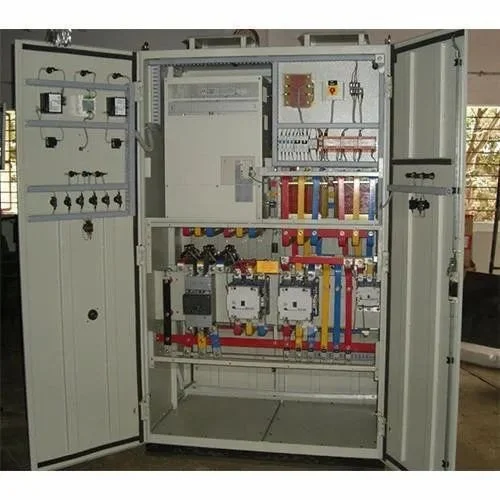Air Handling Units (AHUs) and their accompanying HVAC Control Panels form the backbone of modern building climate control systems. AHUs are large mechanical systems that condition air by filtering, heating, cooling, and humidifying it. The HVAC control panel, on the other hand, is the intelligent brain that oversees and regulates the AHU's operations. Key Components of an AHU Control Panel: Microprocessor: The heart of the control panel, processing information and making decisions. Input Devices: Sensors that monitor various parameters like temperature, humidity, airflow, and pressure. Output Devices: Devices that control actuators like fans, dampers, and valves. Human-Machine Interface (HMI): A user-friendly interface for operators to monitor and control the system. Functions of an AHU Control Panel: Temperature Control: Regulates the temperature of the air supplied to the building. Humidity Control: Maintains the desired humidity level. Airflow Control: Adjusts the airflow rate to meet the building's needs. Filter Monitoring: Monitors the condition of filters and triggers replacement alerts. Energy Efficiency: Optimizes energy consumption by adjusting fan speeds and other parameters. Fault Detection and Alarm: Identifies and alerts operators to potential issues. Benefits of AHU Control Panels: Improved Indoor Air Quality: Maintains optimal air quality by filtering out pollutants and contaminants. Enhanced Energy Efficiency: Optimizes energy consumption by adjusting system settings based on occupancy and weather conditions. Increased Comfort: Provides comfortable indoor environments by regulating temperature and humidity. Reduced Maintenance Costs: Predictive maintenance and early fault detection minimize downtime and maintenance costs. Remote Monitoring and Control: Enables remote access and control of the system. By effectively controlling and monitoring AHU systems, HVAC control panels play a vital role in ensuring the comfort, health, and energy efficiency of buildings.



